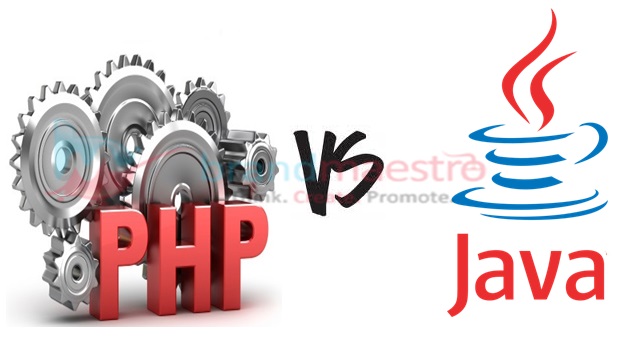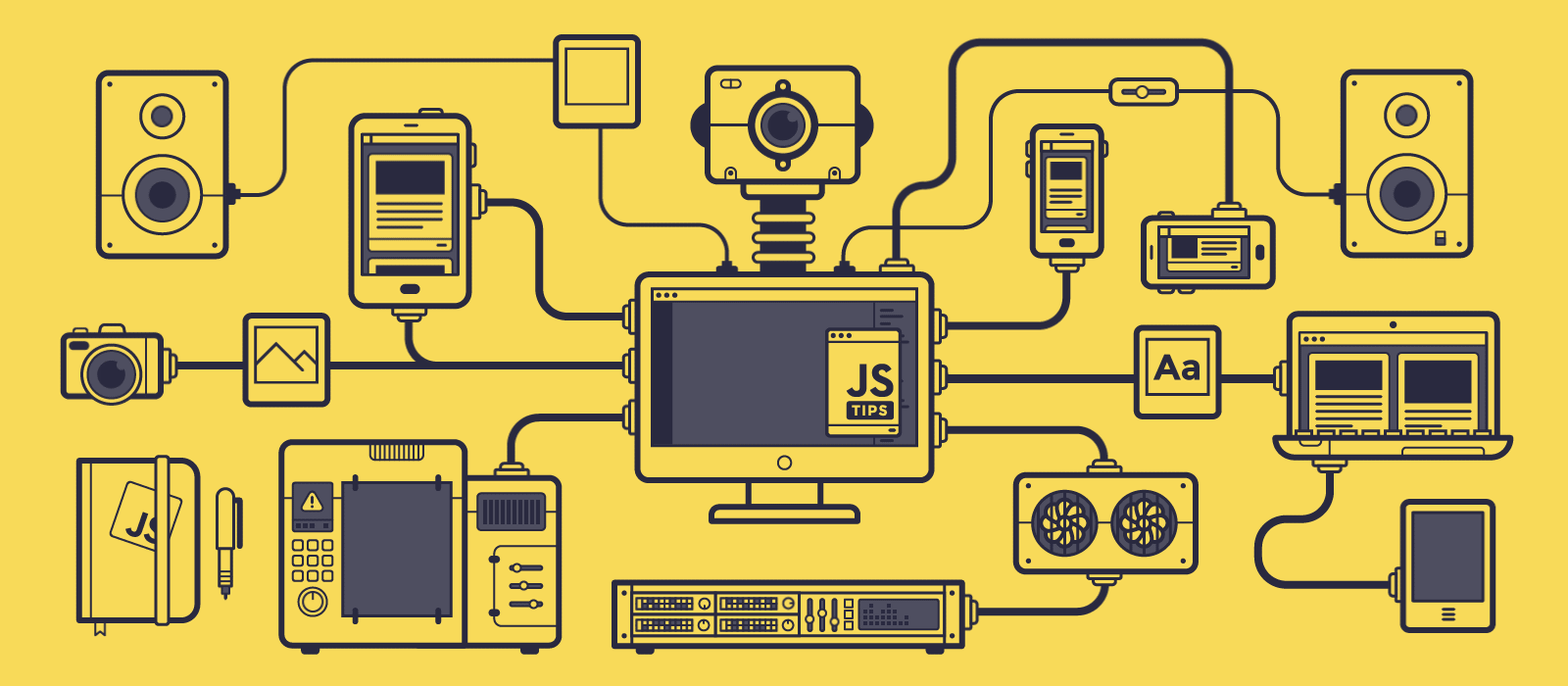
Credits : Customerthink
The trend of web app development is gearing up, and so is the demand for web app development experts and consultants; do you know why?
It is because web apps are leveraging the device-independent architecture while being operational on multiple devices. Pushing a user to install your application and sacrifice that precious memory space from his mobile phone is the biggest challenge, especially when there are tens of non-replaceable apps are decorating his/her app directory. Web apps can run on the browser, which means they are the modern and easily-marketable product, you can own. And as you can send out notifications and do a lot of other things, web apps are surely a savior.
Okay. So, you know that a web app is what you need to serve your audience; what’s the next? Confused in choosing an affordable web app development company for your web development projects or picking the right framework looks a tough task? Count on us. We know that you’re interested in knowing the trendy frameworks for web app development this year. So here are the top ten of them:
1. Laravel:
Laravel is regarded as the finest PHP development framework, being utilized for developing the web & mobile apps by all type of businesses. Xtreem Solution, the top PHP development Company in India, makes use of this framework in process of web and mobile application development.
For developers as well as the app owners, Laravel framework offers numerous features and benefits. Starting from Object Oriented implementations to Authorization technique, MVC Support, Artisan, Database Migration, Security, password reset, Bcrypt hashing, encryption and many other features, Laravel has it all. The framework is widely used in web app and portal development already, and it will remain in trend this year too.
In short: it’s super-secure, extremely flexible and utilizes MVC like a boss. So when you’re going to have multiple users, Laravel is the right choice for your web app.
2. Zend:
Zend is open source and PHP-based framework, which is being widely used for web development. It works to let the process of web app development faster and simpler. Besides, it is PHP7 ready which boosts simplicity, reusability and performance.
As it applies MVC Architecture, it splits the database and business logic right from the presentation layer. It means you back-end and front-end code will remain separate, letting the developers and designers work with full flexibility. Moreover, it even supports best security practices such as encryption with AES-256, encrypt etc. Besides, you can extend its several components by use of this framework as it implements OOP concepts such as inheritance and interfaces.
By using this framework, you can do the tasks like user authentication, code-generation, and ORM implementations very easily. All these aspects make it simple to use for affordable Web App Development Company, suggesting its trend in this year.
3. Ruby on Rails:
Developed in Ruby, RoR (aka. ‘Ruby on Rails’), is a server-side web framework. Its RESTful design and MVC-based features are enough to prove its efficiency. Besides, the reusability of the code, it makes the web app development easy and less time-consuming. As it comes along a testing framework, the quality-related concerned could be sorted out too.
GitHub, SoundCloud, Airbnb, Shopify, Hulu, are few famous websites built on the framework. Being open source, the framework has a huge development community from whom you can seek assistance for your project anytime. The reason why this will be trendy in 2018 is that it offers a variety of resources wherein you can seek the solution of all your web app development issues.
4. AngularJS:
AngularJS is basically a JavaScript framework which can be added to HTML web page through a tag. It extends HTML attributes through Directives and impasses knowledge to HTML through Expressions.
It is a structural framework utilized for dynamic web apps. Besides, it allows you to use HTML as your template language. Its data binding and dependency injection remove much of the code complexity you would otherwise need to write. Besides, all the activities occur within the browser, creating it a perfect partner with any server technology.
5. React.js:
React.js is recognized as an open-source, JavaScript library maintained through Facebook in aggregation with a large developer group. It allows web application developers to develop big web-applications that utilize data and can modify over time in absence of need of reloading the page.
The reason why the framework will be trendy this year is that it aims mainly to provide simplicity, speed, and scalability. It processes only user interfaces within applications. This links to View in the Model-View-Controller (MVC) pattern, and it can be utilized in grouping with other JavaScript frameworks or libraries in MVC, like AngularJS.
6. Node.js:
Node.js framework has been a favourite one amongst web app developer’s for a very long time and it is expected to hold this standing for some time, suggesting its trend in 2018. It assists to create scalable and quick community programs as it’s in a position to manage with many simultaneous connections with major efficiency, which offers major scalability.
The framework also permits the creation of web servers as well as networking tools through JavaScript and a group of “modules” that manage different core functionality.
7. Django:
Django is one of the most prevalent web development frameworks which is written in Python and built through Model View Template (MVC) architecture. Affordable Web App Development Company always emphasis on this framework to make their web app development project reliable.
It is known that NASA, Instagram, Mozilla, Disqus, etc. are few popular sites that use this framework. This suggests that this framework is trending this 2018. It primarily emphasizes pluggability of components as well as reusability. Object mapping and support to multiple databases make Django ease to use and utilize for different developers, without needing them to learn a new query language to make the shift from one Database to another.
RSS feeds, content-related tasks, sitemaps, authentication of users and admin tasks can be handled through Django. The framework has multiple forums and communities, active to help you come out of confusions related to it.
8. Express JS:
Express JS is perfect for those, looking for a minimalistic open-source solution which is flexible too. As a developer, you will be delighted to use it for the web app and API development. Developing mobile applications isn’t a hard task in Express JS. This aspect boosted it to go trendy in 2018.
The framework is pluggable and very flexible. It is utilized to enhance the functionality of your web app through NPM modules and can even be straight deployed with Express. For developing websites in EXPRESS JS, only basic knowledge of CSS, HTML, and JavaScript with a basic understanding of MongoDB is enough. It supports reusable and dynamic code too. Hence, your app code won’t go too complex either.
9. YII:
PHP is a small and beautiful language, having a wide range of amazing web app development frameworks written in it. YII is another great example of the same. It leverages a component-based architecture, OOP concepts and MVC to give you 100% development and implementation flexibility. Its authentication and role-based features are unbeatable too.
The framework comes with a variety of features such as Internationalization & localization (I18N/L10N), DAO/ActiveRecord, caching, testing, scaffolding, etc. stay assured that no SQL injection will harm you, as the input validation rules are written very careful in Yii.
10. Meteor JS:
Meteor JS is an open-source isomorphic JavaScript framework for web development. Because of its isomorphic nature, the framework helps in SEO as well as loading the pages quickly. Most of its parts are written using Node.js which let the developers deploy amazing real-time web apps for different platforms using METEOR. Through using this, one requires less coding for developing web applications. Hence, it facilitates faster web development process, getting in trend in 2018.
You can integrate it seamlessly with MongoDB, METEOR makes use of distributed protocols for data distribution, which keeps the redundancy to the least and keeps your data updated on the servers, letting your audience access the most recent updates easily. The framework presents the Blaze template engine and also you can use the angular frame or even the React library. Different features contain faster developments, SEO friendly, as well as real-time web app development.
This article is shared by www.itechscripts.com | A leading resource of inspired clone scripts. It offers hundreds of popular scripts that are used by thousands of small and medium enterprises.









